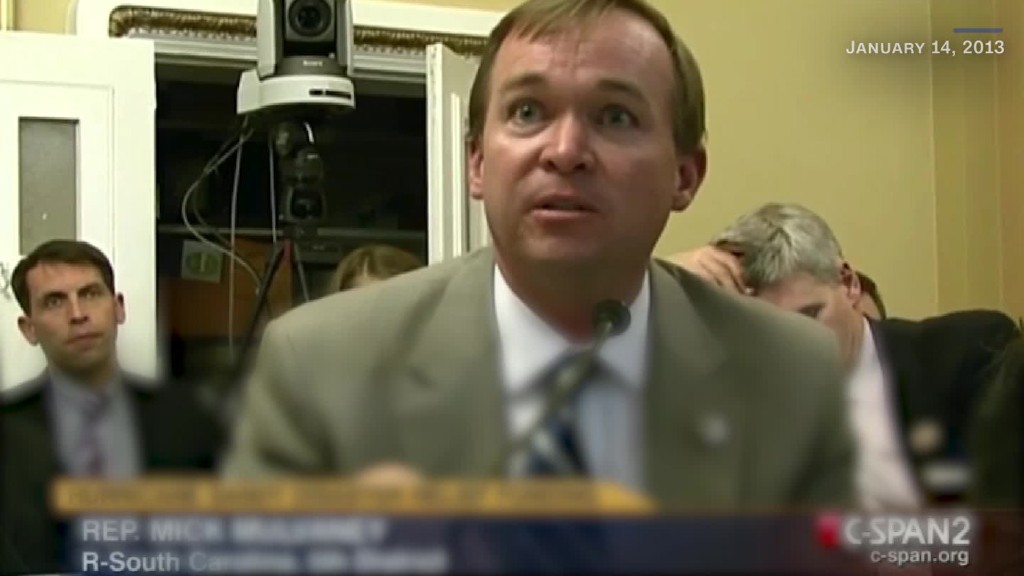
The budget deal that President Trump signed into law Friday morning has plenty of critics. But it would do one unarguably good thing: avert a debt ceiling crisis for the next year.
And yet the bipartisan deal accomplishes that in a back-door way -- by suspending the legal cap on U.S. borrowing for a year.
The debt limit is currently set at $20.456 trillion. Rather than raise that limit by a specific dollar amount -- which would require publicly acknowledging the country's costs going forward -- lawmakers chose to suspend the limit through March 1, 2019.
A suspension lets the U.S. Treasury borrow as needed to satisfy the country's legal obligations in full and on time. Those obligations include everything from veteran benefits and military paychecks to contractor fees and bills incurred by all federal programs.
Once the suspension ends, the amount borrowed during the suspension period will be added to the legal debt limit.
"Politically, it's easier to pass a suspension," said Shai Akabas, director of economic policy at the Bipartisan Policy Center.
Related: Trillion-dollar deficits will hit sooner than expected
In this case, more than a trillion dollars easier.
The Committee for a Responsible Federal Budget estimates that by March 2019, the new debt limit could be reset as high as $22 trillion, or $1.5 trillion higher than where it is today.
That reflects both the borrowing needs to pay the country's bills during the suspension period plus the costs of the special accounting measures that Treasury has been using since December 8, when the last suspension ended.
Since 2013, Congress has passed 5 debt limit suspensions.
Related: Trump signs massive budget deal after Congress votes to reopen government
Given that the country regularly runs deficits, the Treasury must borrow to make up the difference between the revenue it takes in and the money it must pay out.
None of this should surprise anyone on Capitol Hill. After all, every time lawmakers have chosen to increase spending or cut taxes, they effectively require the country to borrow more in future years. And that makes it necessary to raise the debt limit periodically.
That's why fiscal experts stress that increasing the debt ceiling is not giving anyone license to spend more, despite what some politicians claim. It simply authorizes the Treasury to borrow what's needed to pay the country's commitments created by previous legislation.
"That the decision is made separately from the actual budget decisions is a bigger problem," Akabas said.


